The Volvo P1800 Cyan: What Could Have Been
September 5, 2020
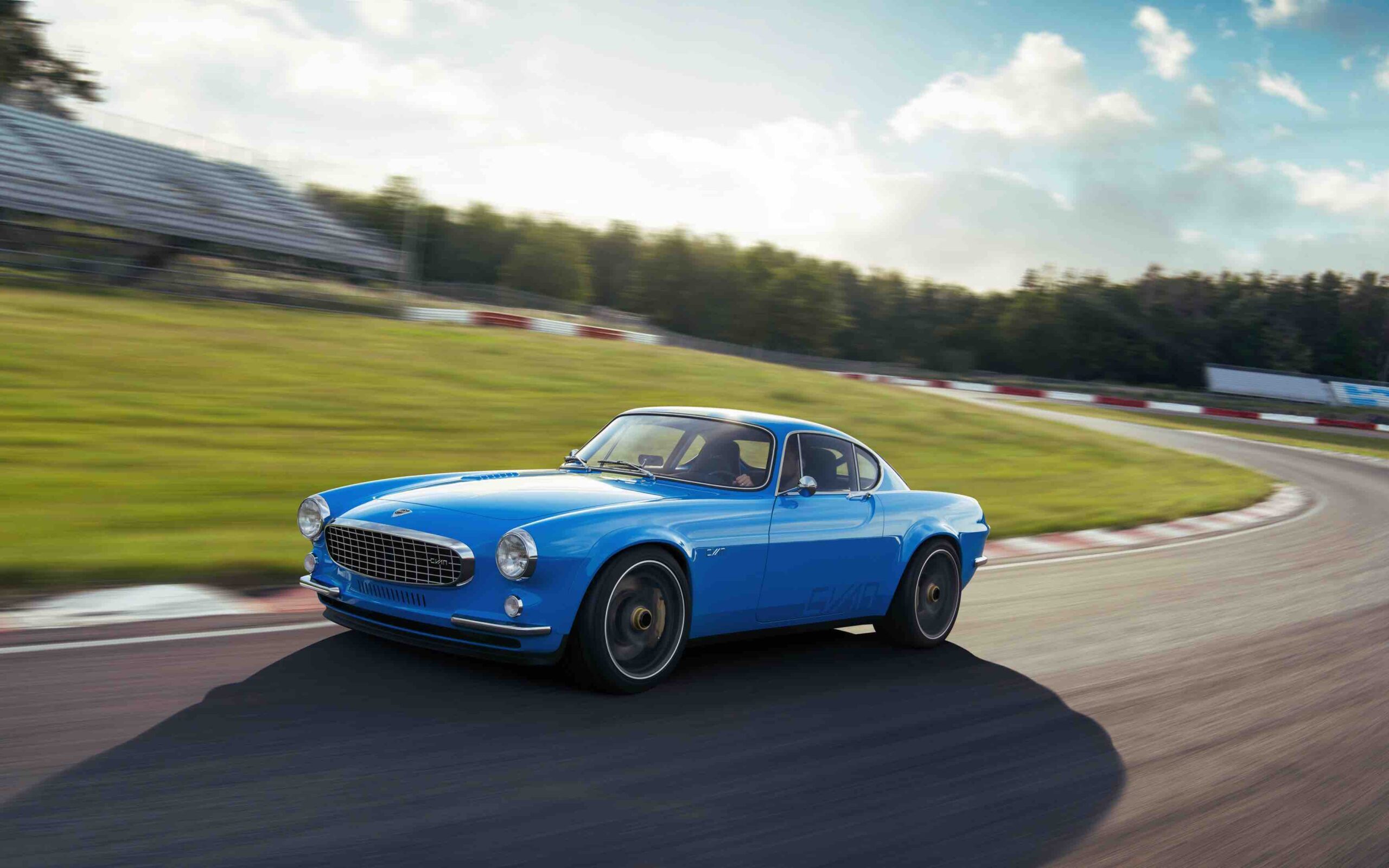
Riley’s Automotive Editor TMA Howe gets all revved up about the classy Volvo P1800 Cyan… and for good reason: it’s awesome!
Since I was knee-high to a grasshopper being wheeled about in a pushchair I have had a love of cars. Growing up in the ‘60s and ‘70s there were a plethora of wondrous machines out there. But surprisingly, one of the earliest posters to adorn my bedroom wall was not of an E-Type, or a Miura. Instead, I fantasized about the Volvo 1800ES, a classic that I would be happy to own today.
The Volvo 1800ES was the estate version of the classic P1800 that had been launched at the Brussels Motor Show in 1960. The Volvo P1800 became famous in 1962 when it starred in the TV series The Saint, with the registration number ST 1 and driven by Simon Templar, played by Roger Moore. Production of the P1800 ended in 1973.
Now, almost 50 years later, Cyan Racing, the reigning World Touring Car Champions, has revealed the Volvo P1800 Cyan, an interpretation of the iconic P1800. Cyan Racing was founded in 1996, and has claimed the last three touring car World titles, most recently the 2019 WTCR team title with Lynk & Co, having previously developed the Polestarperformance models of the Volvo S60 and V60.
The Volvo P1800 Cyan is One Classy Car
”Our company was founded in 1996 to race Volvo cars in Sweden, and the Volvo P1800 Cyan is closing the circle for us,” says Christian Dahl, CEO and founder of Cyan Racing. “We claimed our first world title with Volvo in 2017 and have since then won two further world titles with two other manufacturers.
“The first world title was a milestone for us, and we felt it was a good time to reconnect with the past and to those before us racing Volvos. The first Volvo P1800 Cyan carries our blue and yellow racing colours to mark our heritage.”
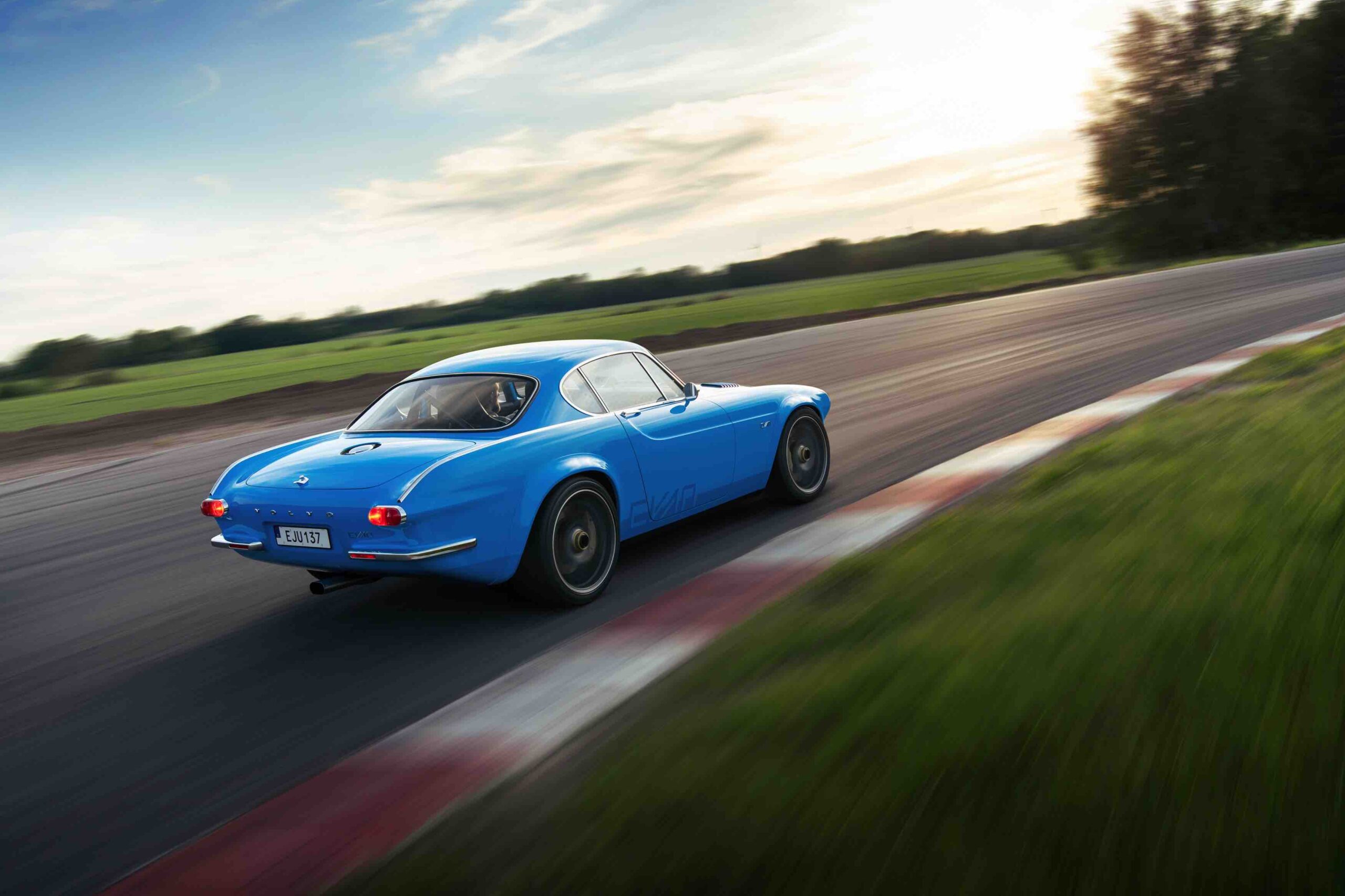
In the age of driverless cars and alternate fuel vehicles, Cyan Racing decided it was time to capture what has been, and to make it timeless. While creating the Volvo P1800 Cyan, the team behind it decided to treat the design and engineering of the sixties with care, moving it forward in a delicate way. The team also decided to do away with any modern driving aids such as stability control and ABS.
The Driver-Car Connection
“The Volvo P1800 Cyan is about clearing away anything disturbing the direct connection between driver, tyres and the road,” adds Mattias Evensson, Project Manager and Head of Engineering at Cyan Racing. “Our objective has been to keep that undisturbed sensation whilst refining it with the best technology of today.”
The Volvo P1800 body has been altered to accommodate a wider track, larger wheels and repositioned greenhouse, among a long list of redesigns. The car started life as a 1964 Volvo P1800 that has been refined and reinforced utilising high-strength steel and carbon fibre.
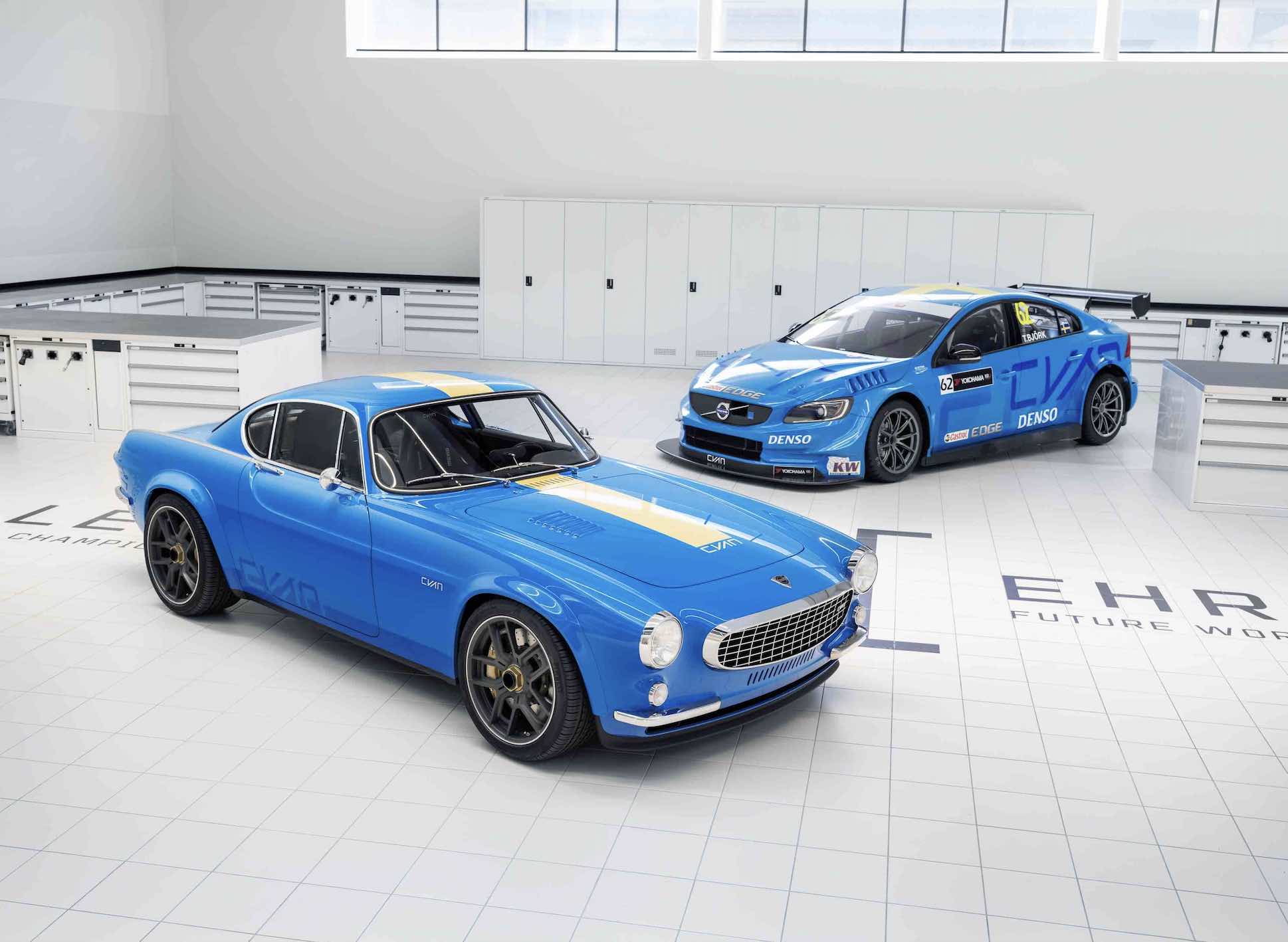
The two-litre turbo charged four-cylinder engine is based on the same engine as used in the world title-winning Volvo S60 TC1 race car, producing 420 horsepower and 455Nm of torque, with a redline at 7700 rpm.
Whilst this would seem to be the whim of a company used to racing fast touring cars, this is not a one-off… you can actually buy one. Pricing and individual specifications are available for prospective clients.
So I better start saving…
Learn more about this classy car at www.cyanracing.com.
____________________
Volvo enthusiast TMA Howe is Riley’s UK Automotive Editor. Read more about his passion for cars on Riley’s “Possessions” section.

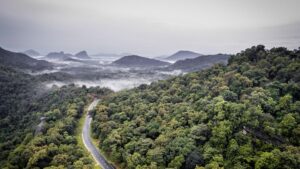
Six Sri Lankan Retreats Focus on Sustainability and Community
Riley’s Beth Hoke recently explored six unique Sri Lankan resorts making headway with their innovative sustainability programs

Float On: The Revolutionary Elysium Chair
Contributor Hannah Laws takes a seat in the world’s most expensive luxury office chair: the revolutionary Elysium chair
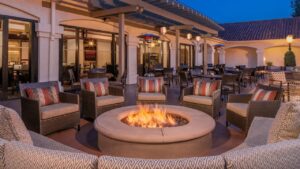
The Top Westlake Village Hotels and Resorts
Whether you’re staying for a night or a week check out Contributor Mary Noe’s list of the very best Westlake Village Hotels and Resorts
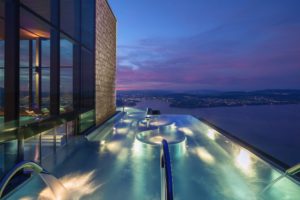
Bürgenstock Resort — Luxury in Lucerne
Bryan Dearsley visits the luxurious Bürgenstock Resort in Lucerne Switzerland, and doesn’t want to leave. Ever.

Blue Spa Munich: An Oasis of Calm
Riley Contributor Beth Hoke pays a visit to the Blue Spa in Munich and finds an oasis of calm in this bustling German city… and on a clear day, she could see the Alps



